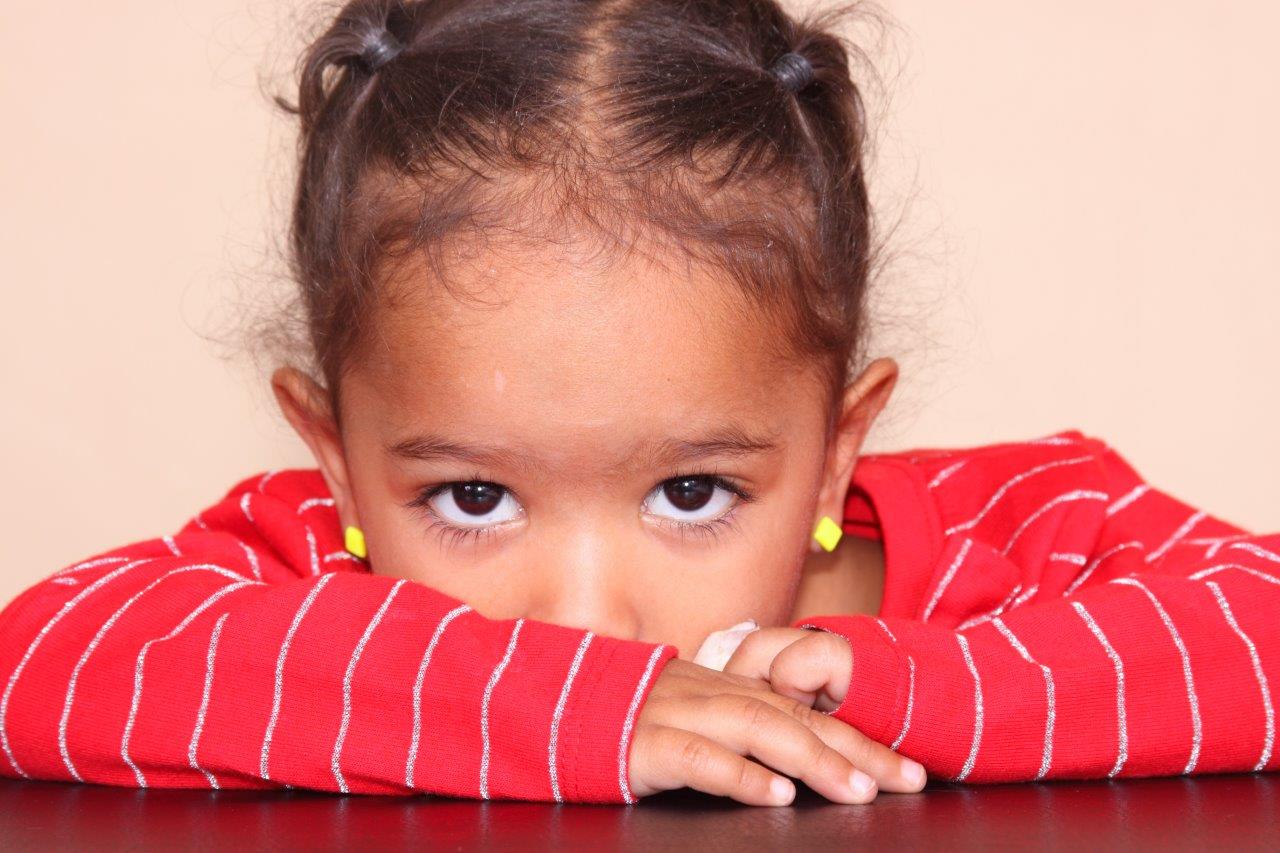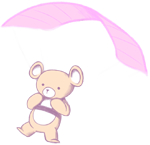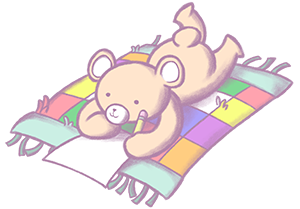
Children can’t always describe the fear they are feeling.
Instead of using words, anxious children might withdraw, act out, or respond in a variety of different ways.
The following checklist shows you what physical and behavioral symptoms to look for in your child.
This list is not meant to be comprehensive, but it gives multiple physical and behavioral symptoms your child might exhibit.
If you think your child is struggling with anxiety, you can click on the download link below and print this checklist.
After you’ve completed the checklist, take it to your child’s doctor.
(Giving one to your child’s teacher or caregiver may also be helpful.)
Your completed checklist gives you information to share with your child’s physician.
They can determine what other steps needs to be taken to help your child.
Signs of Child Anxiety Checklist (View / Download)
Physical symptoms
- racing heart
- raised blood pressure
- rapid breathing/shortness of breath
- crying
- headaches/migraines
- dry mouth
- stomach upset/nausea/diarrhea
- shaking hands or legs
- tingly extremities
- sweaty palms or feet
- cool, clammy skin
- tense, achy muscles
- dizziness
- fatigue
Behavioral Symptoms
Anger/Aggression
Anger is usually easy to see, but aggression is more subtle. Aggressive behavior might be deliberately breaking a toy, or a sibling’s favorite toy, shoving another child,
Avoidance/Refusal
This might mean avoiding going to places or seeing people the child had done before, refusing to go to school, place of worship, a friend’s house, avoiding family outings or activities (park, movie theater, restaurant).
Clinginess
Exhibiting fear or acting out behaviors to keep a parent or caregiver with them
Cognitive Symptoms:
- communication difficulties
- inability to stay on-task
- impulsivity
- inability to regulate emotions
- lack of self-control
- poor memory and concentration
Chronic Worrying
About things that have happened or have never happened.
Depression
Many anxious children struggle with depression, sadness and feelings of hopelessness. Often times when children are anxious their presenting behavior is sadness.
Eating Disturbances
Avoiding foods the child previously enjoyed, eating less, eating more, hiding food
Inflexibility
- Child cannot tolerate changes in routine, strong frustration intolerance.
- Child is rigid, inflexible with himself and others. Highly critical of self and others.
Irritability
- Child seems to be in a constant state of upset, irritated, over-tired, in a bad mood.
- The child might not like being touched.
Negative Thinking/Pessimism
Child focuses only on negative outcomes, and exaggerates that things are worse for him.
- “It will probably rain all day.”
- “I will never know how to do my homework.”
- “I will always have a miserable life.”
- “Nobody likes me. I have no friends.”
- “The teacher likes everyone but me.”
This can also manifest itself in the child developing a worst case scenario kind of thinking:
- “If I get on the school bus in a storm it will crash and I will die.”
- “When my mom goes on a business trip she might die and I won’t see her again.”
- “If I get a mosquito bite it will probably cause a dangerous infection and I will end up in the hospital.”
Oppositional Defiance Behaviors
The child may:
- Argue with adults (frequently)
- Question rules or refuse to follow rules
- Deliberately upset or bother others
- Seek revenge
Perfectionism
Anxious kids, especially those diagnosed with Obsessive Compulsive Disorder exhibit behaviors like:
- Erasing their words on a paper repetitively until the paper is worn with holes.
- Rewriting or re-doing their homework until it looks “perfect.”
Restlessness
The child can’t relax and enjoy an activity. In constant motion. Nothing holds child’s attention.
Sleep Disturbances
The child might:
- fear bedtime and avoid or procrastinate bedtime
- constantly get out of bed for glasses or water, need to use the bathroom
- ask for extra tuck-ins
- have trouble falling asleep, staying asleep
- may experience nightmares or night terrors
- might sleepwalk
Tantrums/Rages
Tantrums are most often seen in younger children who have a sudden outburst of anger or frustration when they don’t get their own way.
Rages are exhibited by older children, usually when they are angry or frustrated, and can include behaviors like:
- Throwing or breaking objects
- Ripping a room apart (pulling sheets/bedding off bed, overturning mattress)
- Having self-injurious behavior or hurting others
Now What
If you have seen these physical or behavioral symptoms in your child, or have any concerns about your child’s mental health, the first step is to speak to your child’s physician.
You can also give a copy of the checklist to your child’s teacher or babysitter. Having information from you and others gives helps them as they make a diagnosis.
If additional mental health counseling is needed, your child’s doctor can refer you to a licensed mental health clinician specializing in children’s mental health.
Even if your child’s anxiety isn’t a diagnosed disorder, you will find comforting calming ideas throughout this website.
You can learn more about the types of anxiety by reading this.
For resources to help your child, click here.
Find articles to help comfort your child, mind, body and spirit, on the blog.

By signing up, you’ll also receive your free guide with 20 ways to comfort your child…mind, body and spirit.



 in Ohio
in Ohio